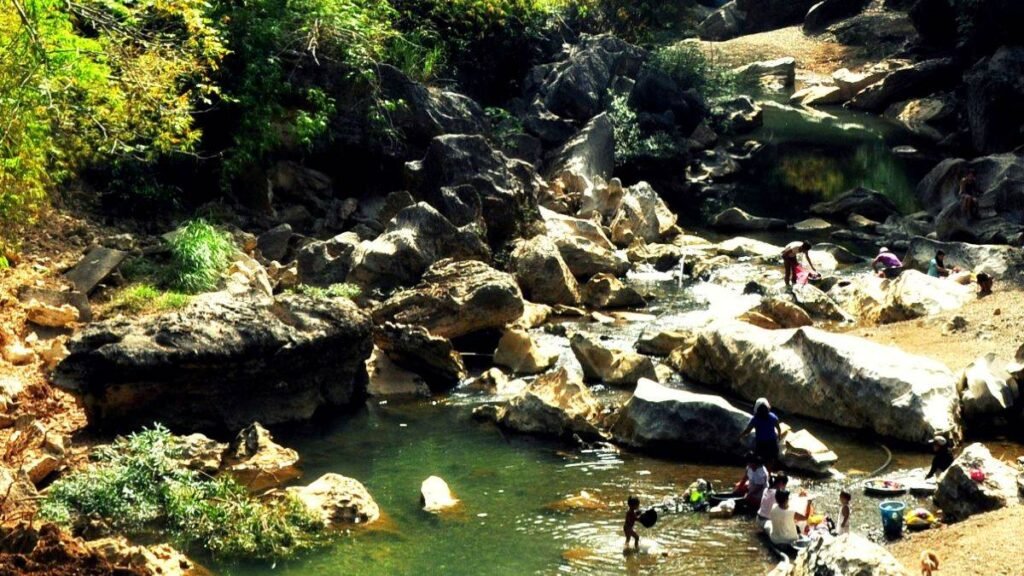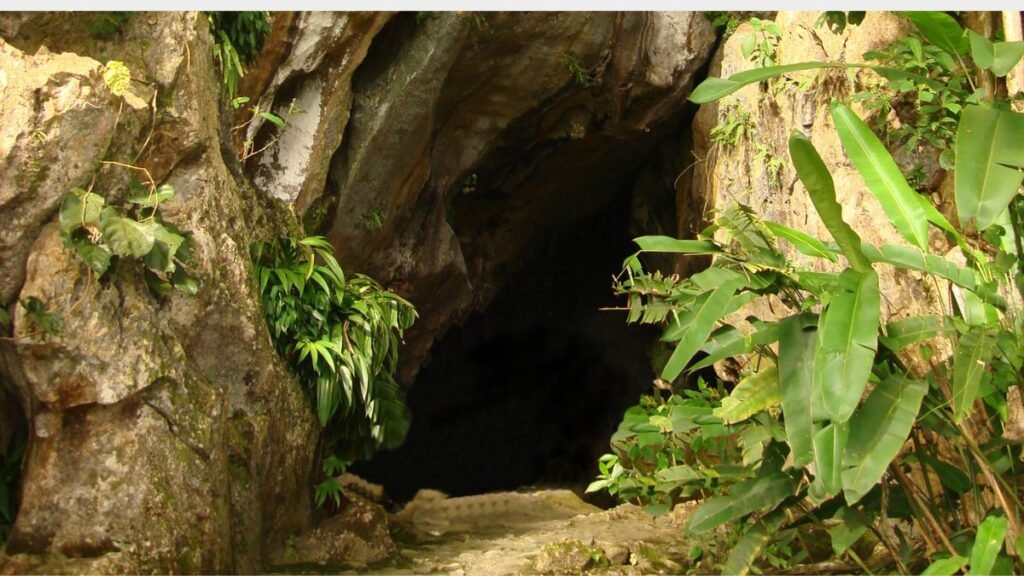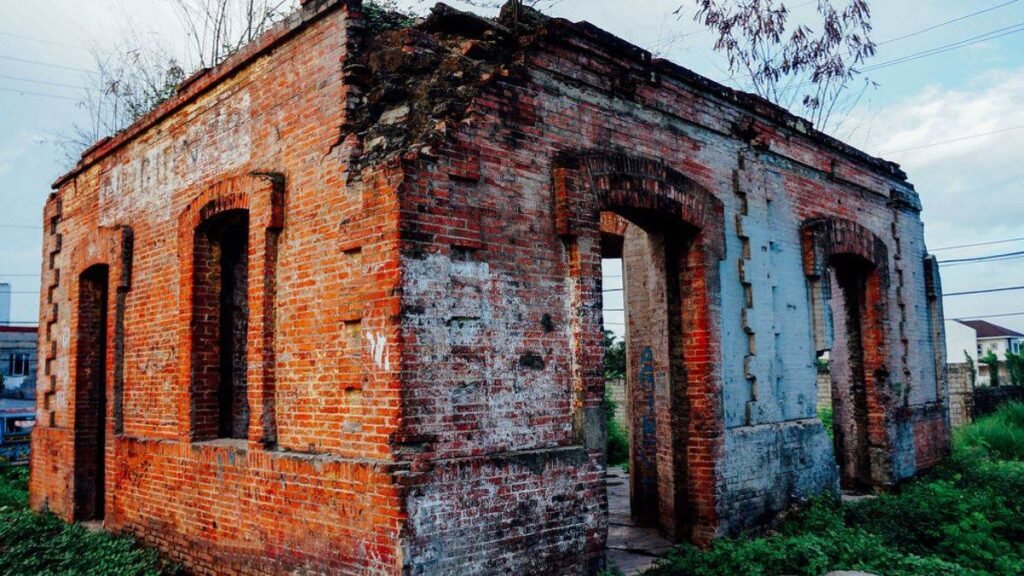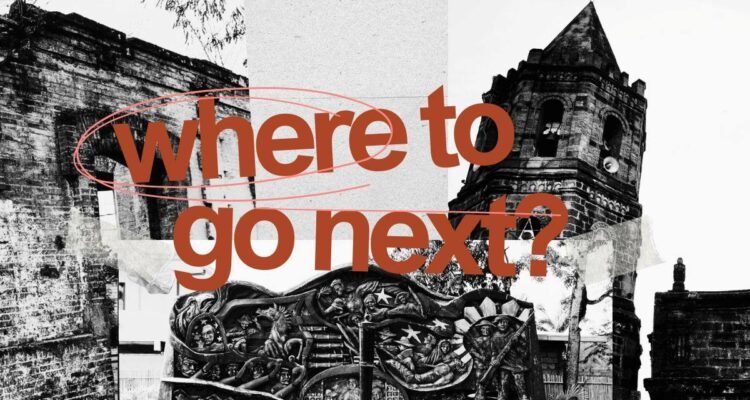In the heart of Luzon lies a province where history isn’t just remembered—it’s lived. Bulacan, often called the “Cradle of Noble Heroes,” is home to some of the most important cultural and historical landmarks in the Philippines. Beyond its bustling towns and growing cities, the province preserves pockets of time that offer a rare glimpse into the country’s storied past.
From churches that witnessed revolutions to caves that hid revolutionaries, Bulacan is rich with cultural treasures that have shaped the Filipino identity. These places are more than just destinations—they are storytellers, guardians of memory, and reminders of the sacrifices made in pursuit of freedom.
Barasoain Church: The Birthplace of a Nation
Located in Malolos, Barasoain Church is not just a place of worship but the birthplace of the First Philippine Republic. Built in 1888, it was the site of the Malolos Congress in 1898, where the first Philippine constitution was drafted. It also hosted the proclamation of independence and the establishment of the Philippine government, making it a symbol of Filipino aspirations for freedom.

As you step inside the church, you’re not just entering a place of worship, but a site where pivotal moments in Philippine history unfolded. The church’s role in the Philippine Revolution makes it a revered landmark that ties the nation’s spiritual and political histories together.
Visiting this church isn’t merely an opportunity to admire its architecture; it’s a chance to feel the weight of the Filipino struggle for independence and the profound events that took place within its walls.
Biak-na-Bato National Park: A Fortress of Resistance
Nestled in San Miguel, Biak-na-Bato National Park is a testament to Filipino resilience during Spanish colonization. Its dense forests and rugged cliffs made it an ideal hideout for revolutionaries. In 1897, it became the headquarters for General Emilio Aguinaldo and other leaders, who used the caves and jungle as a stronghold during the Philippine Revolution.

This site is not only significant because of its role in the revolution but also because it was here that the Biak-na-Bato Pact was signed. This agreement, although short-lived, was one of the key moments in the struggle against Spanish rule.
Today, visitors can hike through the park’s picturesque trails, explore the caves, and stand where Filipino heroes once strategize their fight for freedom. It’s an opportunity to connect with nature while reflecting on the determination that fueled the revolution.
Pinagrealan Cave: Shelter in the Shadows
In the quiet town of Norzagaray, Pinagrealan Cave stands as a silent witness to the Philippine Revolution. This limestone cave, with its dark chambers, served as a hideout for revolutionaries during the Spanish-American and Philippine-American Wars. Its remote location and natural defenses made it an ideal refuge for Filipino fighters seeking secrecy.

Inside the cave, one can almost imagine the whispered plans and urgent discussions that took place as revolutionaries prepared for their next move. It was not just a hiding place, but a site of strategic meetings and decisions that would shape the course of the Philippine independence movement.
At present, Pinagrealan Cave stands as a somber reminder of the sacrifices made by those who fought for the country’s freedom, and a place to reflect on how far the country has come since those dark days.
Guiguinto’s Old Train Station: A Silent Witness to Progress
While it no longer serves its original purpose, Guiguinto’s Old Train Station still holds a unique place in Bulacan’s history. Built in the early 1900s during the American period, it was part of the Manila–Dagupan Railway, which played a key role in the country’s development. The station once facilitated the movement of goods and people, contributing to the economic and social growth of Bulacan and nearby regions.

Though the trains no longer stop here, the station remains a relic of a bygone era. Its crumbling walls and rusted tracks evoke a sense of nostalgia, and its preservation speaks to the Filipino people’s enduring connection to the past.
It’s a reminder that progress is often built on the foundation of history and that even the quietest of places has a story to tell. For anyone with an appreciation for history and travel, a visit to the old train station is an invitation to reflect on the country’s journey from the cultural past to the present.
Battle of Quingua Site: A Victory Carved in Courage
Located in Plaridel, the Battle of Quingua site marks one of the rare victories of Filipino forces during the Philippine-American War. On April 23, 1899, General Gregorio del Pilar and his troops successfully defended the area against a much larger American force, demonstrating the courage and determination of the Filipino resistance.

This cultural site today is a quiet, open field, but the stories behind it are powerful. The victory at Quingua was a big morale boost for Filipino forces, showing their strength and courage even against great odds.
It now stands as a tribute to those who sacrificed during a difficult time in Philippine history. Visiting the site is a way to honor the bravery of those who fought for independence and the country’s future.
More than just heritage sites, Bulacan’s cultural landmarks offer a deeply human connection to the past—allowing us to walk where heroes once stood and to reflect on the legacy they left behind. Preserving these treasures isn’t just about honoring history—it’s about keeping the flame of identity alive for generations to come.



